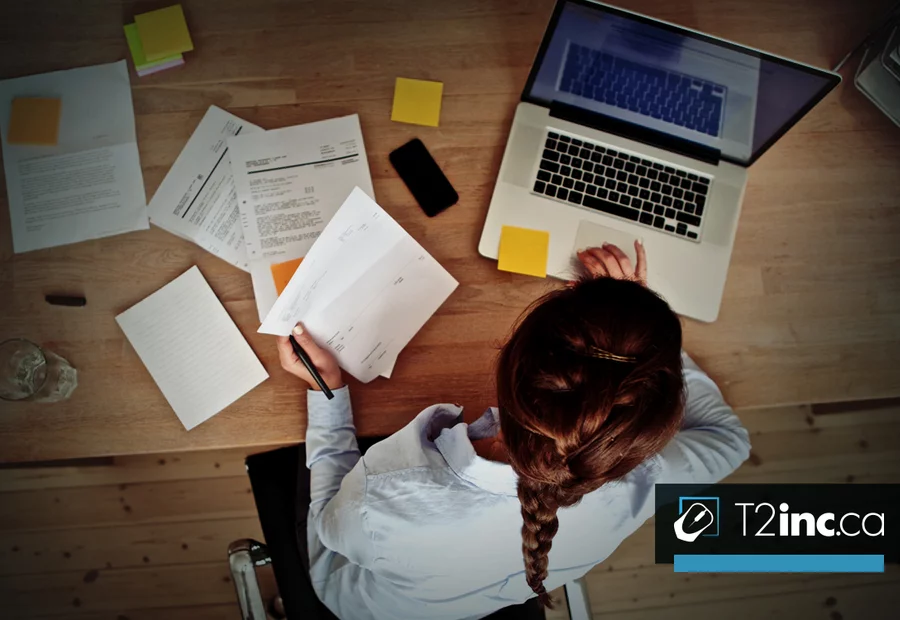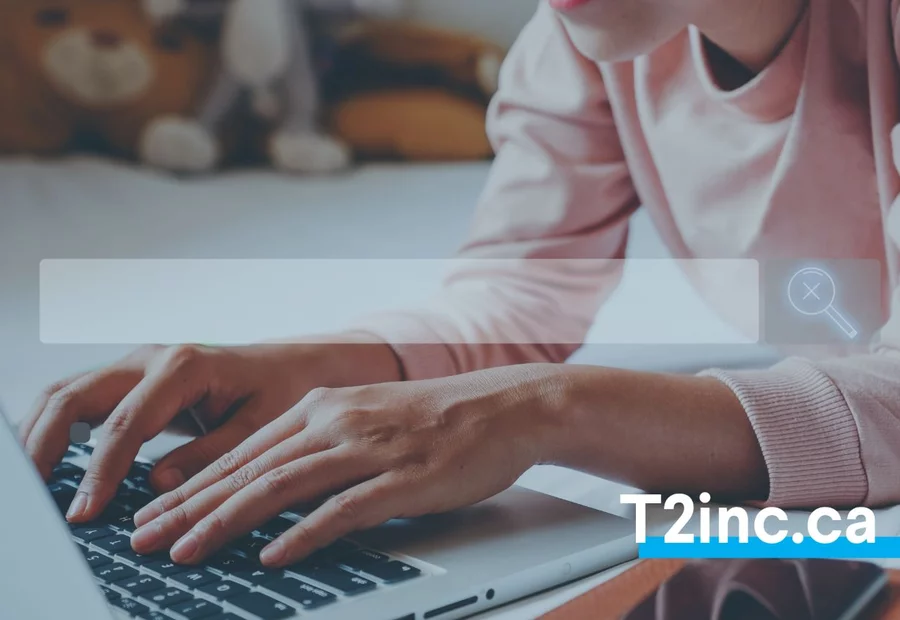What you need to know about input tax credits and refunds

Have you recently registered your start-up company for GST and QST? Did you know that you can recover the taxes you paid (or have to pay) every year?
In this article, the T2inc team explains everything you need to know about input tax credits and input tax refunds.
What are input tax credits and refunds?
Businesses registered for GST and QST can generally recover the taxes they paid or have to pay when filing their GST and QST returns. This is done through the Input Tax Credit (ITC) for GST and the Input Tax Refund (ITR) for QST.
The term “inputs” refers to all property and services for consumption, use or supply in the course of your commercial activities.
Of course, these expenses must be reasonable and directly related to your business.
Examples of current eligible and ineligible expenses for ITCs and ITRs include:
Eligible expenses:
- Business start-up costs
- Business-use-of-home expenses
- Delivery and freight charges and fuel costs
- Legal, accounting and other professional fees
- Maintenance and repairs
Ineligible expenses:
- Taxable supplies of property and services bought or imported to make exempt supplies of property and services
- Certain capital property
- Property or services bought or imported for personal use
- Membership fees or dues to any club whose main purpose is to provide recreation, dining or sporting facilities (fitness clubs, golf clubs, etc.)
Determining whether you are eligible to claim ITCs and ITRs
Certain requirements must be met in order for your company to be eligible to claim ITCs and ITRs.
You may be eligible to claim these tax credits and refunds if all of the following apply:
- Your company acquired, imported or brought into a participating province property or services for consumption, use or supply in the course of your commercial activities
- Your company was registered for GST/QST during the reporting period in which the GST/QST was paid or became payable on property or services
- You had to pay GST/QST upon purchasing the property or services
- You have sufficient evidence to justify an ITC and ITR claim
- You claim the ITC and ITR within the time limit
How to calculate input tax credits and refunds
Generally, for eligible expenses used only for commercial activities, you can claim ITCs for the full amount of the GST/QST paid.
However, there are situations where restrictions apply to the ITC amount you can claim. In order to be able to calculate the amount, you must:
- Know the types of purchases and expenses you are eligible to claim an ITC for
- Determine the percentage of use in your commercial activities
- Determine the amount of GST/QST you can claim
- Choose the method to calculate ITCs that best suits your situation
How to claim ITCs and ITRs
In most cases, ITCs and ITRs can be claimed when you file your GST and QST tax return. Simply enter the amount you calculated on line 108 (or line 106 if you file on paper).
Generally, the time limit for making a claim is four years after purchasing the property or services.
However, the time limit may vary depending on the type of business you have. For example, deemed financial institutions such as banks, insurers and trusts have a two-year time limit.
The time limit is also two years for businesses with over $6 million in total taxable sales in both of the two fiscal years preceding the current one.
For charities and businesses whose sales are 90% taxable or more, the time limit for claiming ITCs and ITRs is four years.
Documents and information needed to make a claim
Every organization registered for GST/QST that provides taxable property and services must include specific information on documents such as invoices, contracts, receipts and other important business papers. This information is essential for purchasers who want to claim ITCs or ITRs.
The following information is essential when making an ITC or ITR claim:
- The business name or trading name of the supplier or intermediary
- The business number of the supplier or intermediary
- The date of invoice or the date the GST/QST is paid or payable
- The supplier’s GST/QST registration number
- The total amount paid or payable
- The tax rate or tax paid
- The statement “taxes included,” if applicable
- A brief description of the goods or services acquired
- Terms of payment
Get more tax tips for SMEs from T2inc.ca
Input tax credits and refunds are ways for businesses to recover GST and QST paid or payable. It’s important to be well informed about the claim process, as different regulations may apply depending on the situation.
Want more advice and information about corporate taxation consultant in Quebec? T2inc’s tax accountants understand your tax needs and can offer you sound advice to ensure the success of your business.
Trust our specialists: contact us today!
Contact our experts
Have a question? Need help? Fill out our online form to get help from our experts.
Contact usNeed more help?
Contact us by filling out our form
Are you interested in our services, but would like more information before taking the plunge? Contact us today and one of our tax accountants will be in touch to help you.
At T2inc.ca, we're committed to helping business owners manage their company's tax affairs so they can grow their business.




